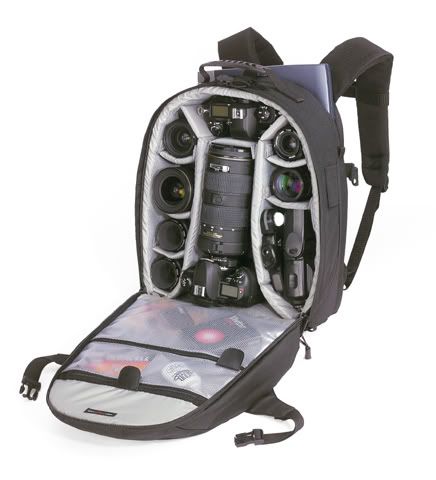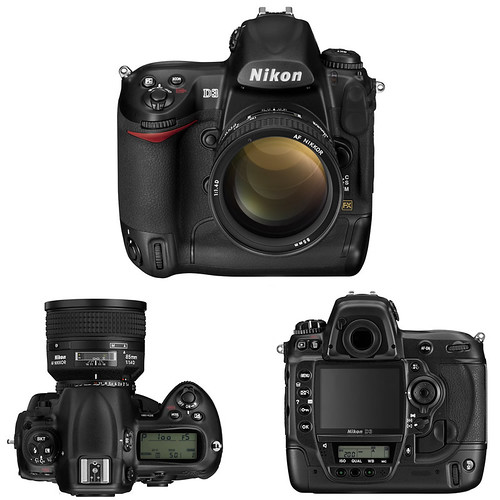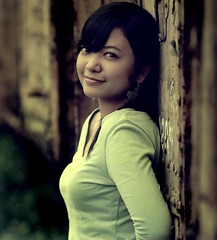
If you are planning to become a serious photographer you should probably buy an SLR (Single Lens Reflex) camera. The term single lens reflex comes from the fact that the camera has a view of the subject through a single lens and that view is reflected to the viewfinder so the photographer can see exactly what is going to be in the picture. The Digital SLR's are getting so advanced that it's very hard to chose a film camera over a digital. The main advantages of an SLR camera over a point-and-shoot digital camera is the fact that you can change lenses and filters whenever you want to. Although new point-and-shoot cameras have increasing optical zoom and similar capabilities. Point-and-shoot cameras are also a great idea if you just want something simple and small that is convenient to carry wherever you go.

Lenses are what your camera uses to focus on the world. All lenses are defined by their focal length and aperture. The focal length tells you what the angle of view is and how far it magnifies. The aperture is the amount of light that the camera is letting into the sensor. Any lens lower than 50 mm focal length is considered wide-angle. Any at 50 mm is considered normal. And any lens above 50 mm is considered a telephoto. But there are also zoom lenses that have a variable focal length. With a zoom lens you can cover a wide range such as 28 mm to 105 mm or 80 mm to 210 mm.

Lenses can be very expensive and very cheap and it is usually the faster lenses or the ones with the wider apertures that are the highest priced. The faster lenses are more appealing primarily because they can produce better pictures in dim light without a tripod. But it is quite possible to find great lenses at low prices. Probably the first lens you buy should be broad range zoom lens such as a 28 mm to 105 mm. The slight drawback of zoom lenses is that they are slower and they don't quite match the sharpness and contrast of a fixed focal length lens.
Another very important item that you should definitely acquire is a ultra-violet filter (UV filter). It is a simple piece of glass that screws on to the end of your lens and protects it from scratches, dust, dirt, moisture and fingerprints while reducing unwanted ultra-violet light.
We would also strongly recommend that you buy a tripod of some kind which is vital when there is not enough light to handhold a picture. Some of the best pictures you've seen at dusk, night, or just when its cloudy have almost certainly been taken using a tripod. Tripods allow you to use your camera's full range of shutter speed and aperture combinations which can sometimes creating amazing unexpected results. You should pick a tripod that is plenty sturdy but also convenient enough to carry wherever you might want it. You also might want it tall enough so you can look through your camera at eye level.
But when you buy a UV filter you might as well get a polarizer filter as well.A polarizer filter is most commonly used for darkening the sky by cutting through atmospheric haze. This affect can also dramatically improve the results of black and white photography. Polarizer filters are also good for removing reflections from glass or water.
Memory cards are extremely convenient with digital cameras but you need to make sure you have all the space on them that you want. It is always a good feeling to know that you can take all the pictures that you want when you think you have a good opportunity. Most SLR's take Compact Flash memory cards, smaller cameras usually either take Secure Digital memory cards or Sony memory sticks.
It is convenient to have only one format of memory card if you have multiple cameras because then you can interchange them even between a big SLR and a small point and shoot camera. The smaller cameras usually use secure digital cards and Sony memory sticks but some very nice ones use compact flash cards. One thing you must always do is remember to format the card after you unload pictures and put it back into the camera or else you won't have the full capacity of the card.








